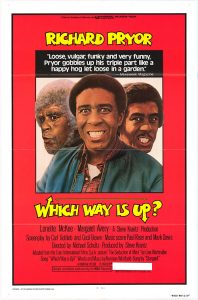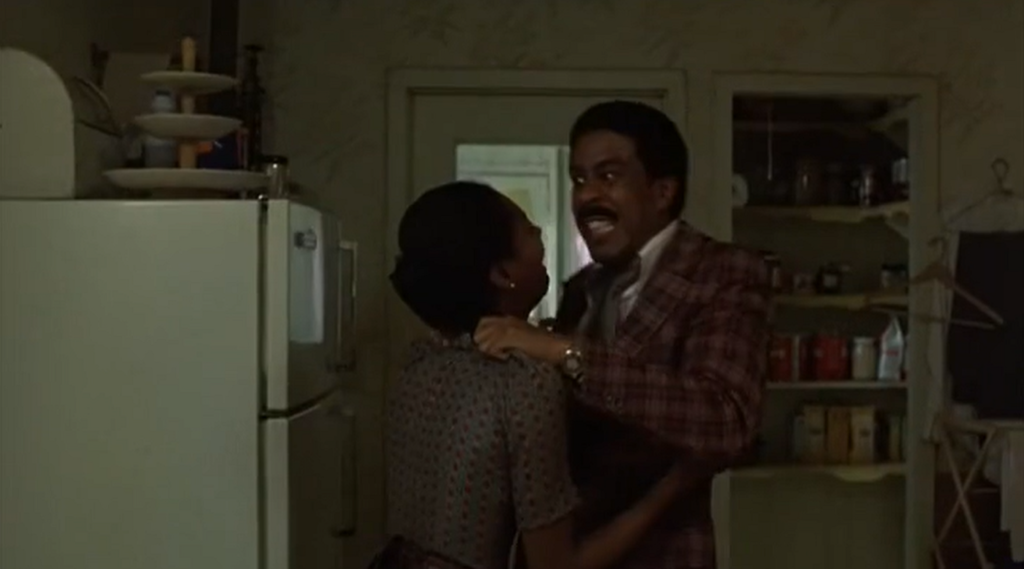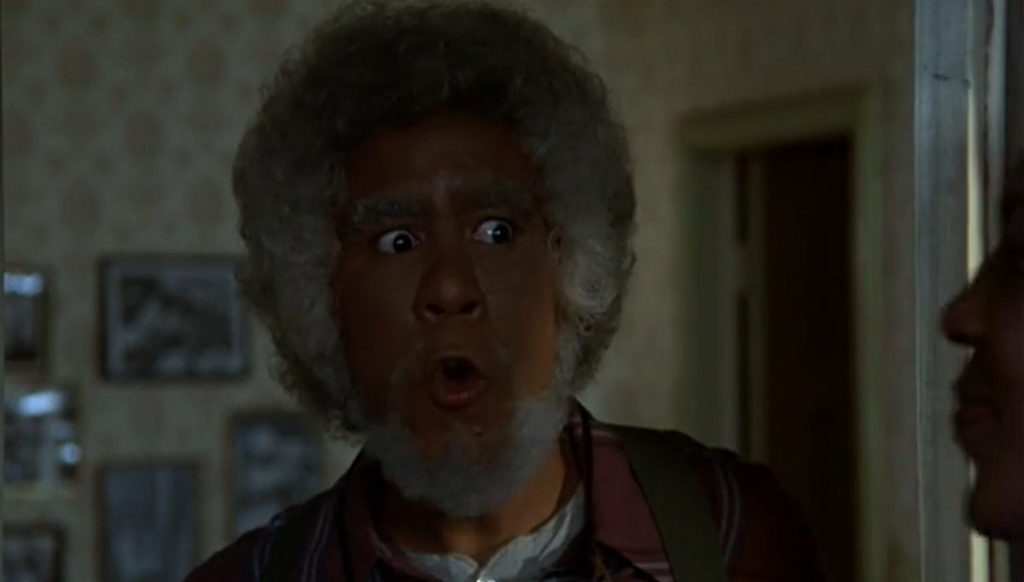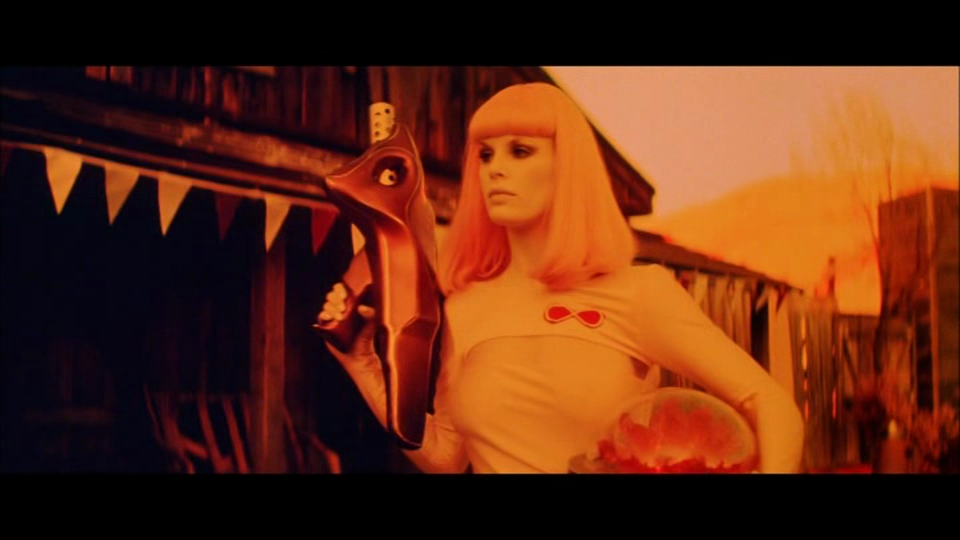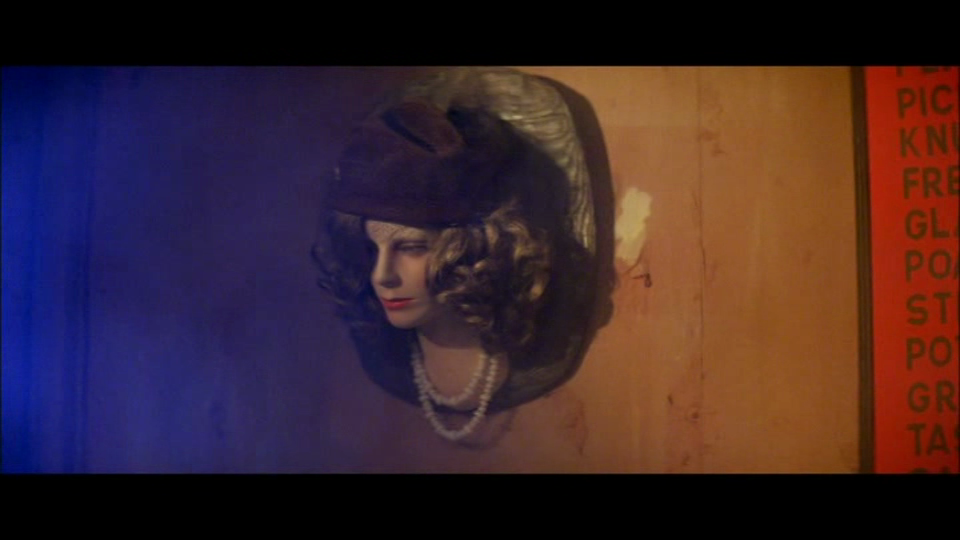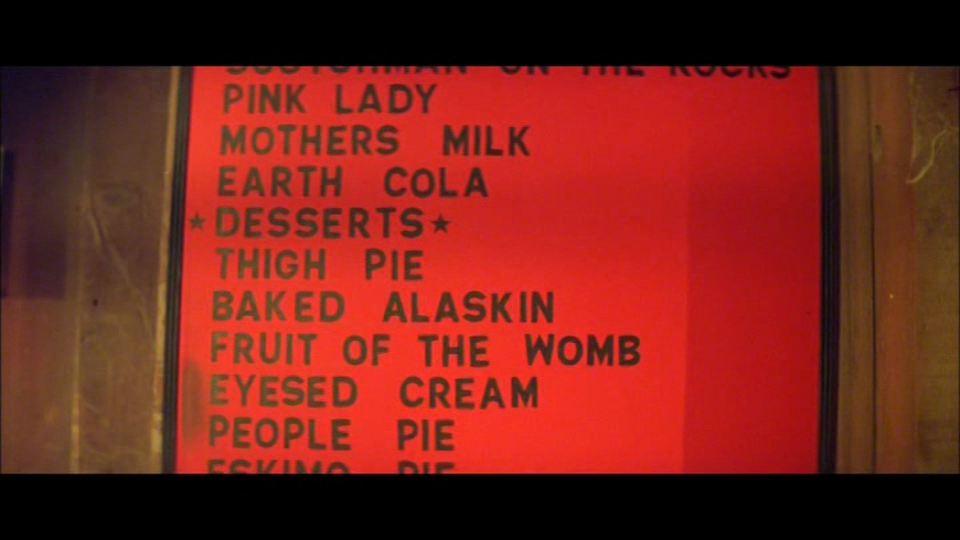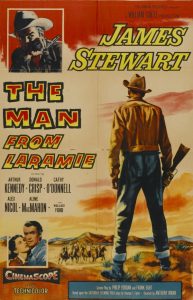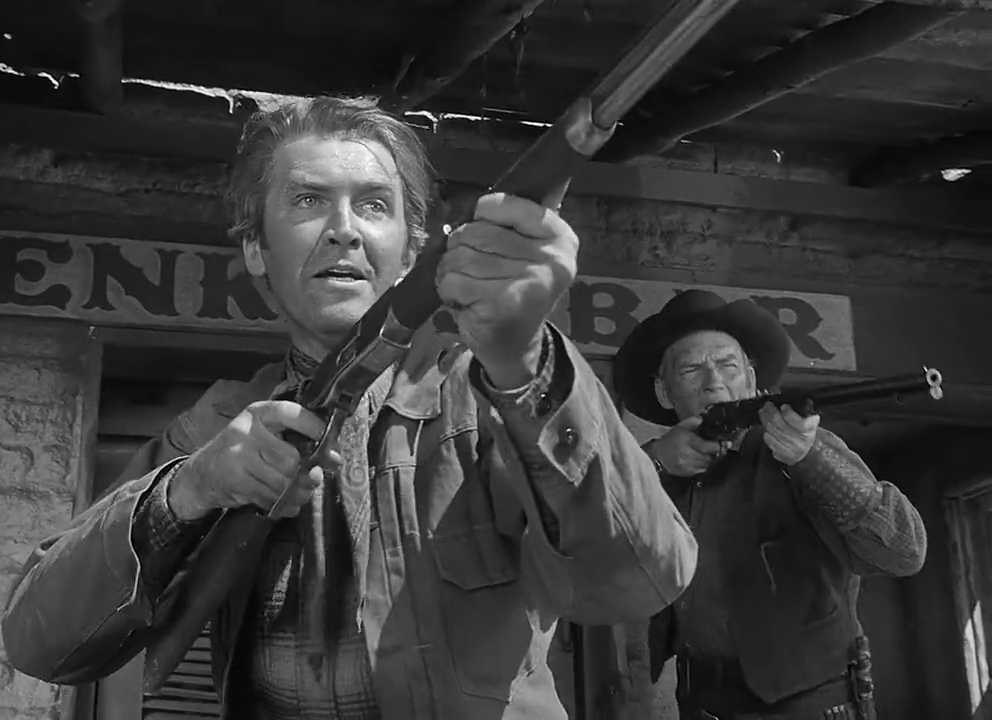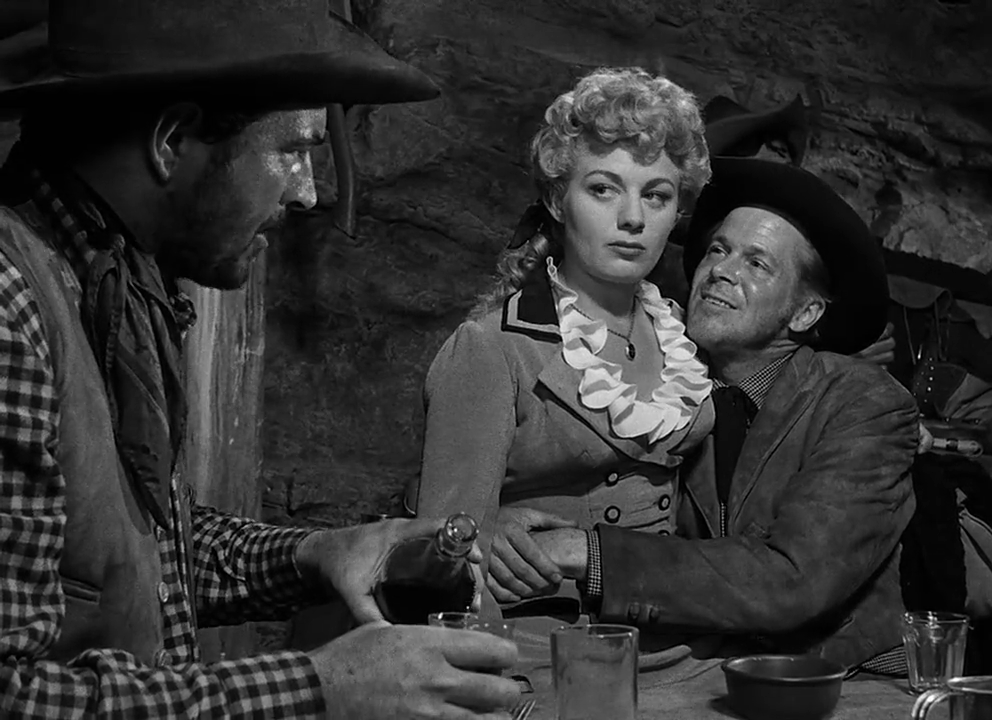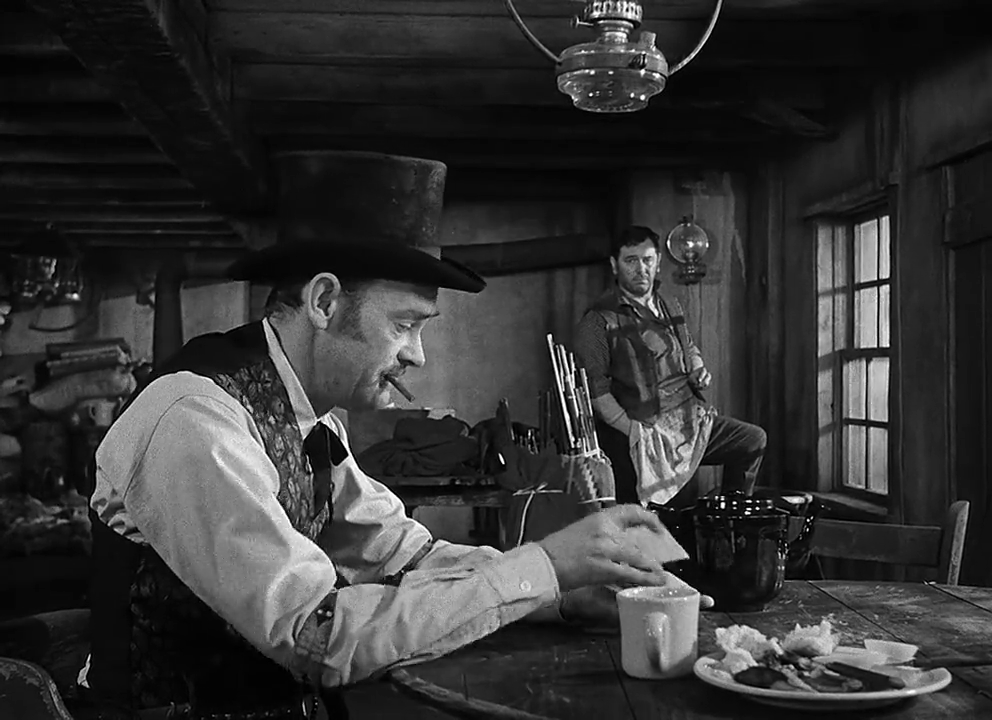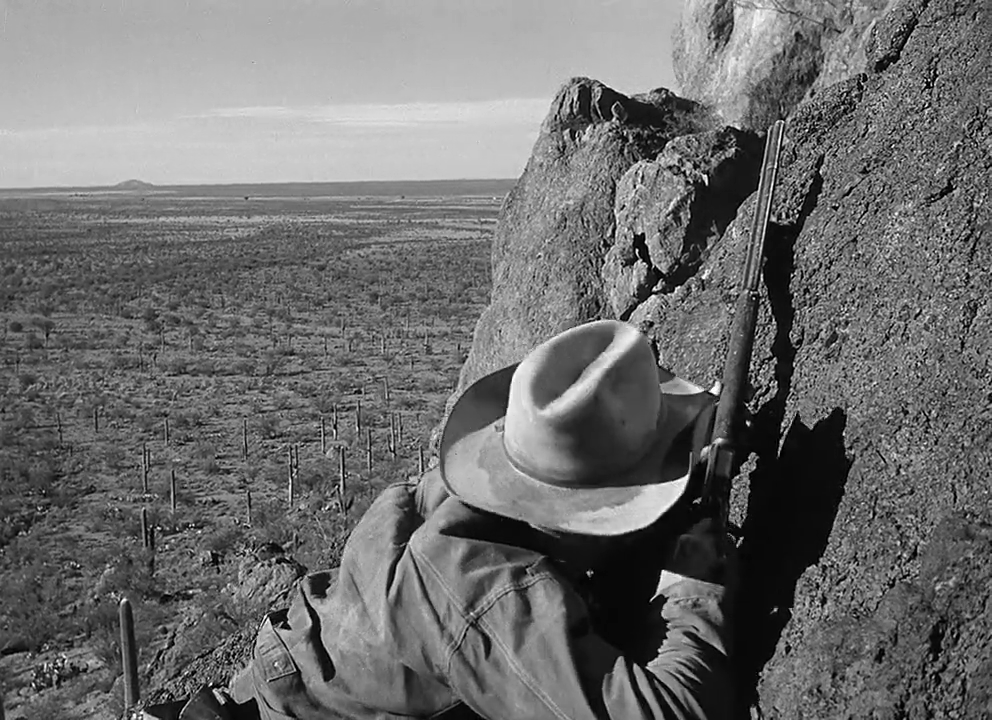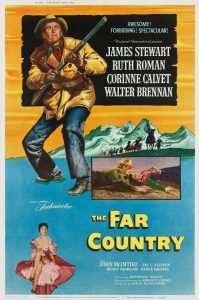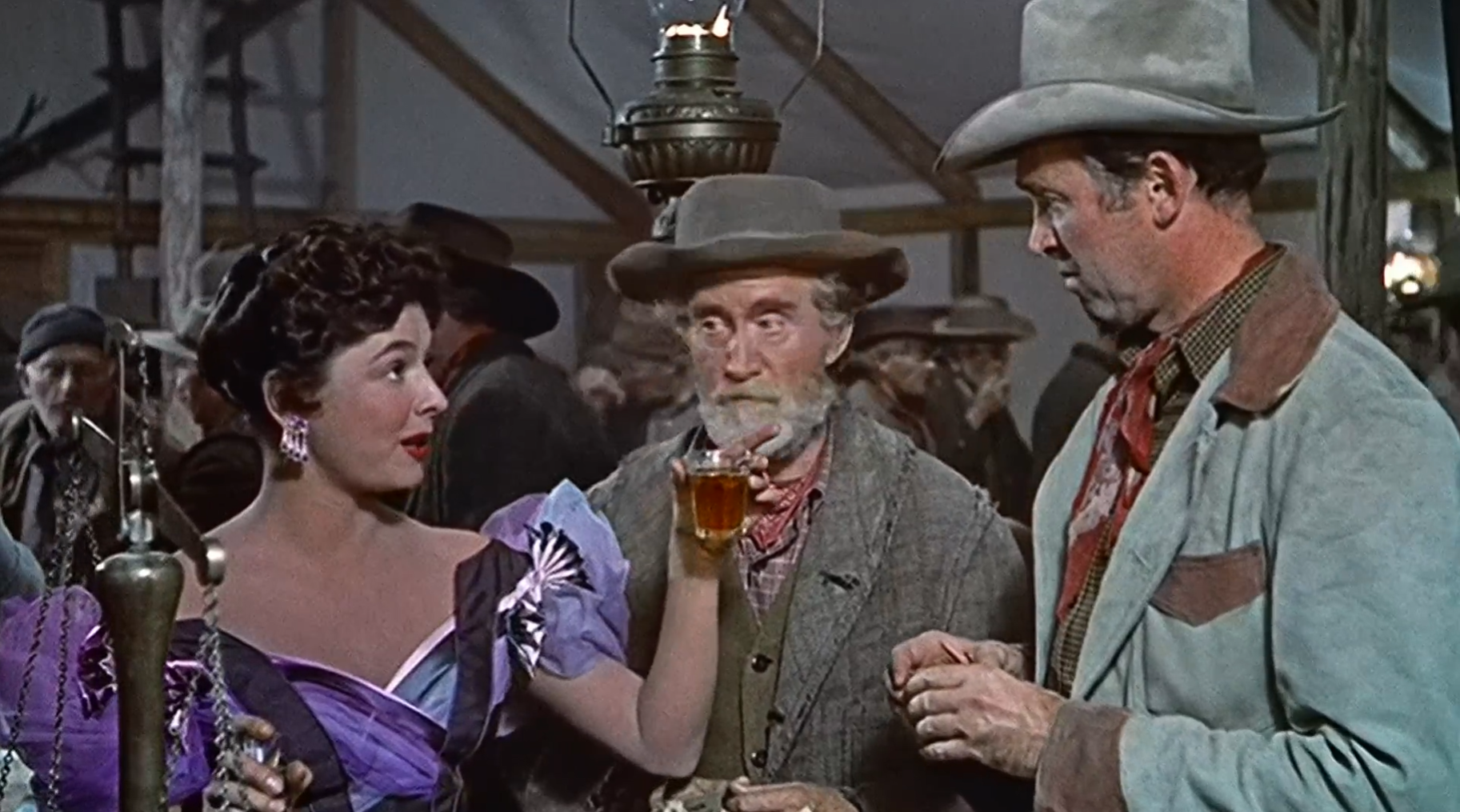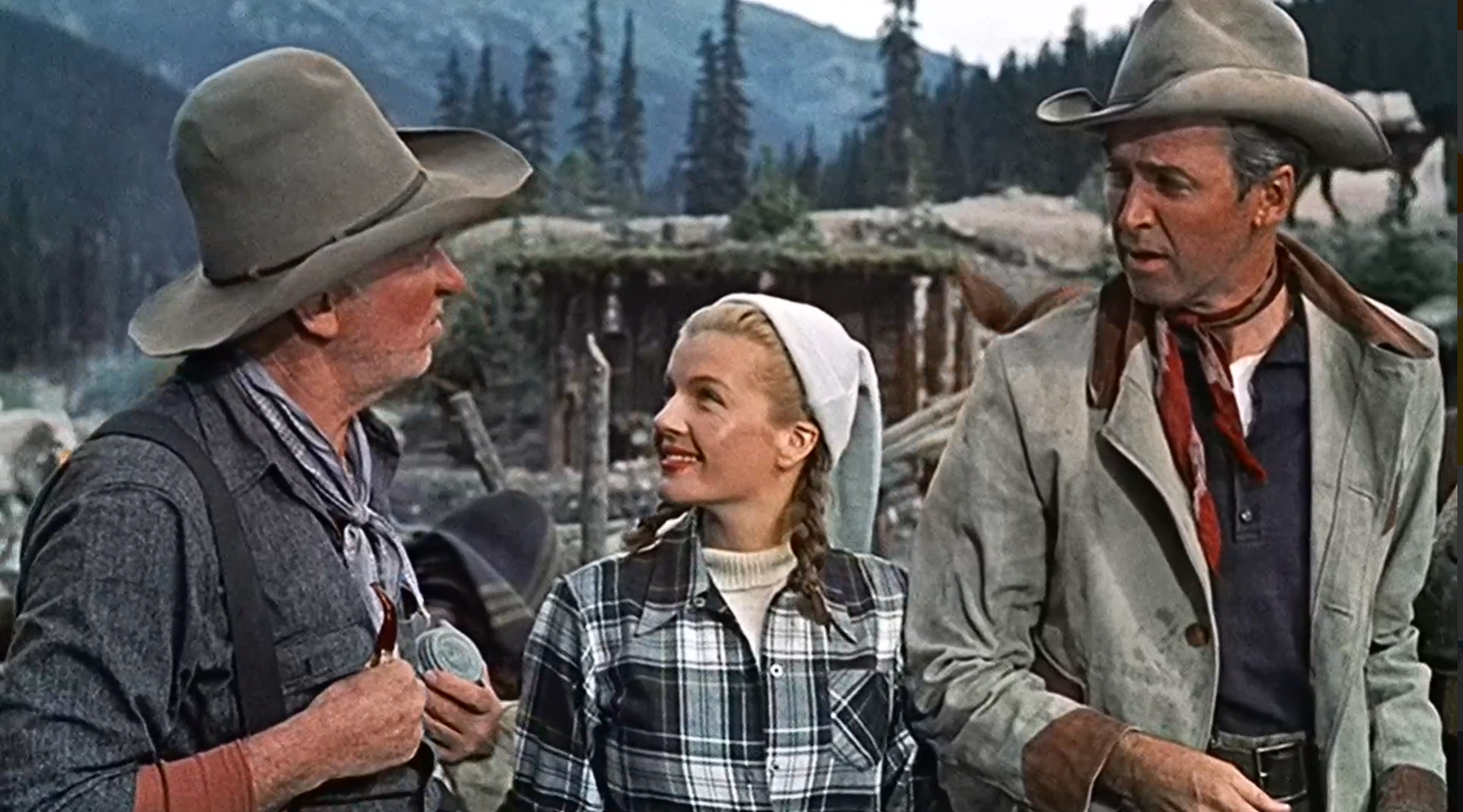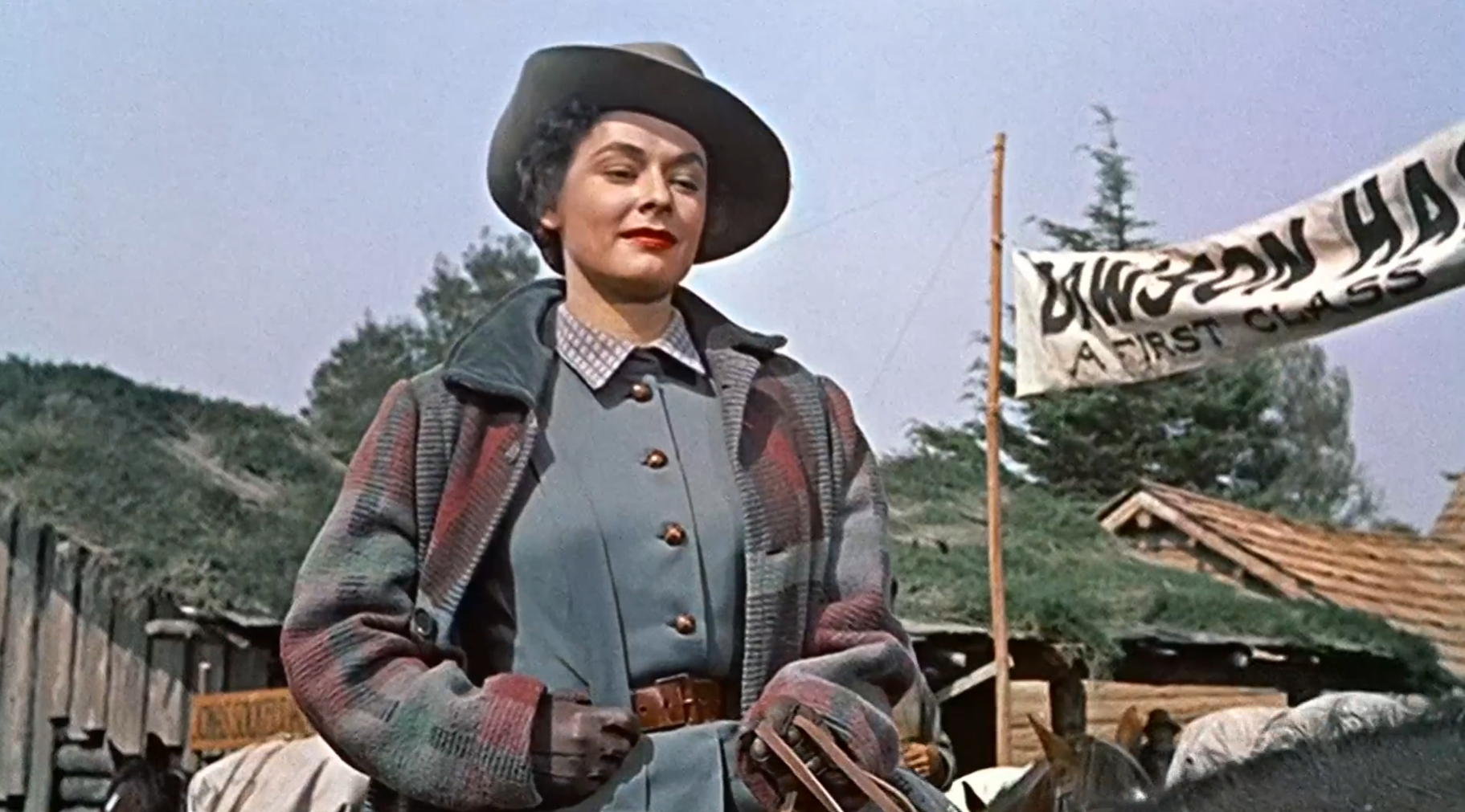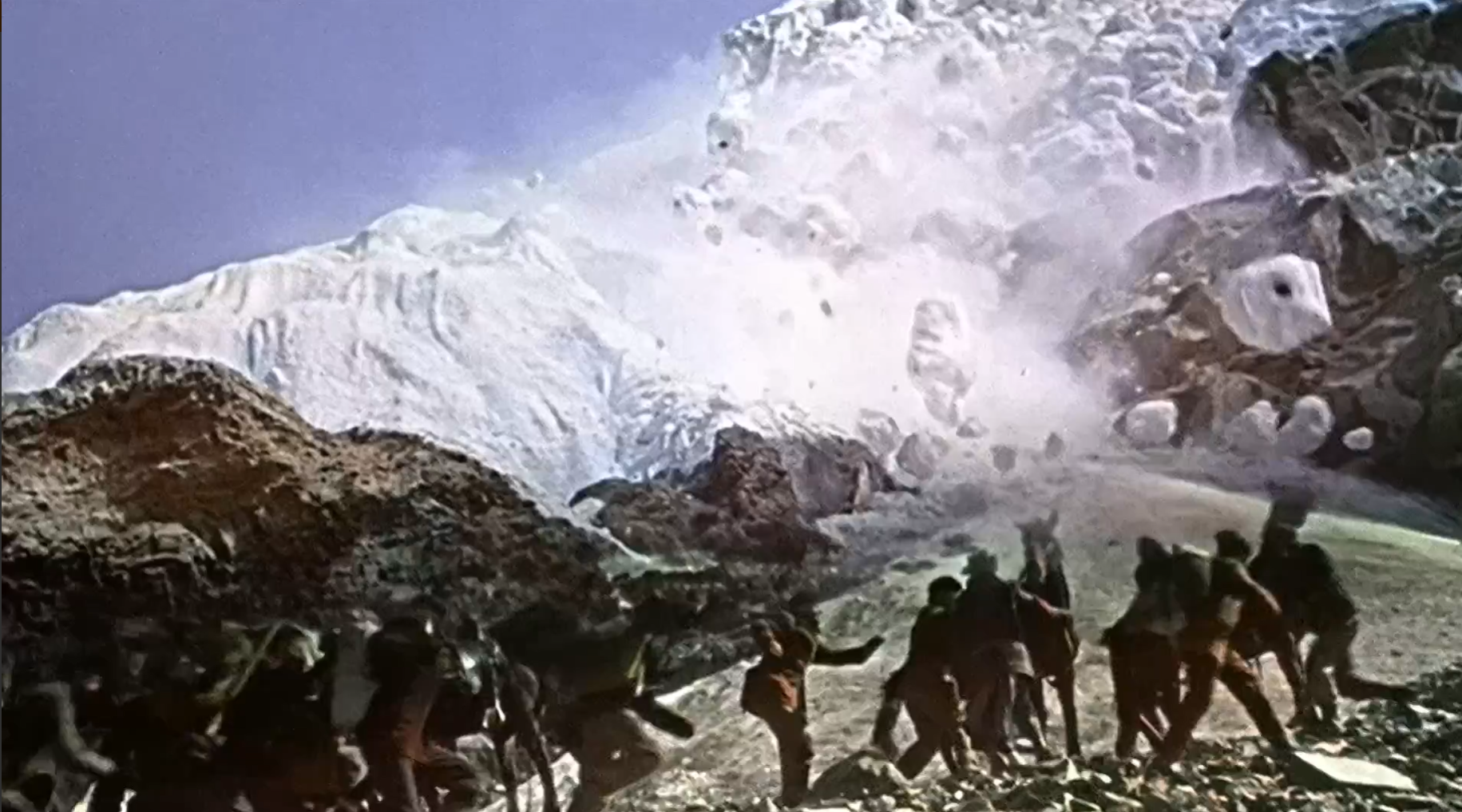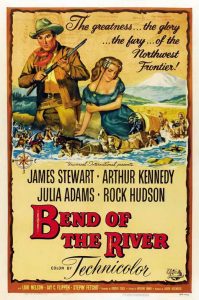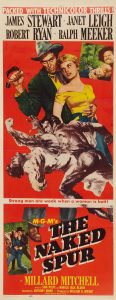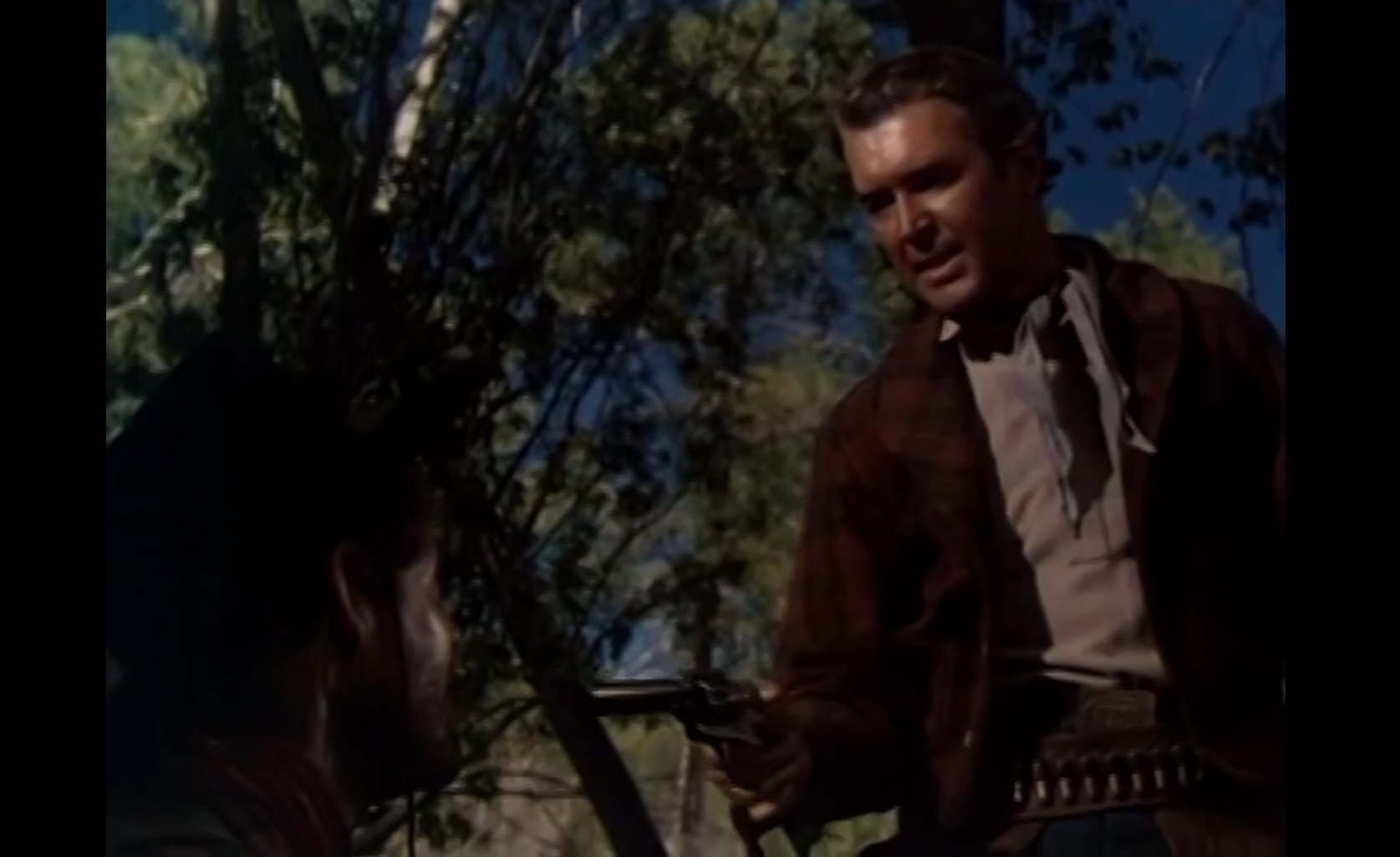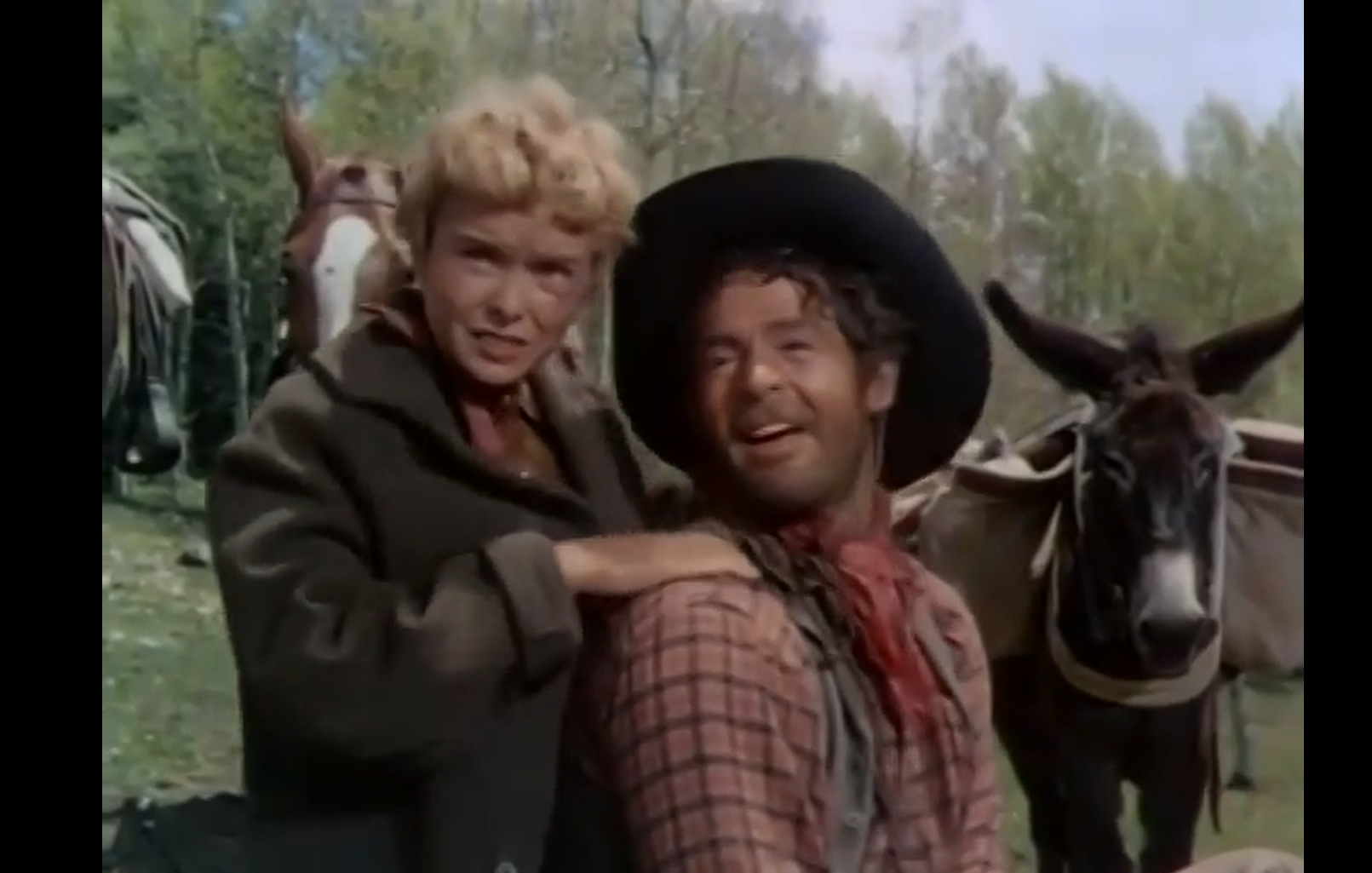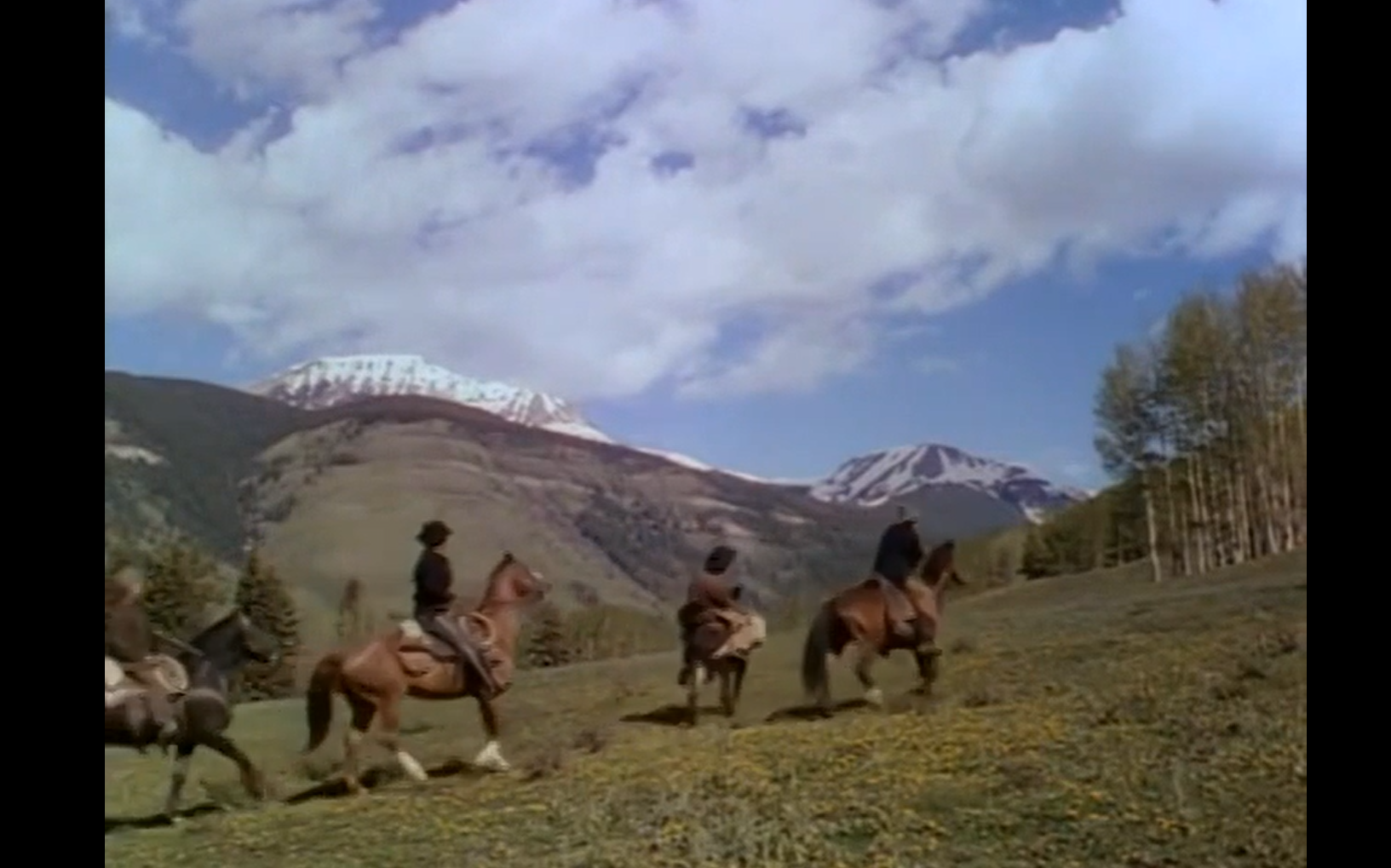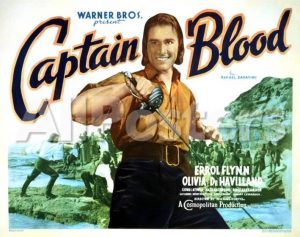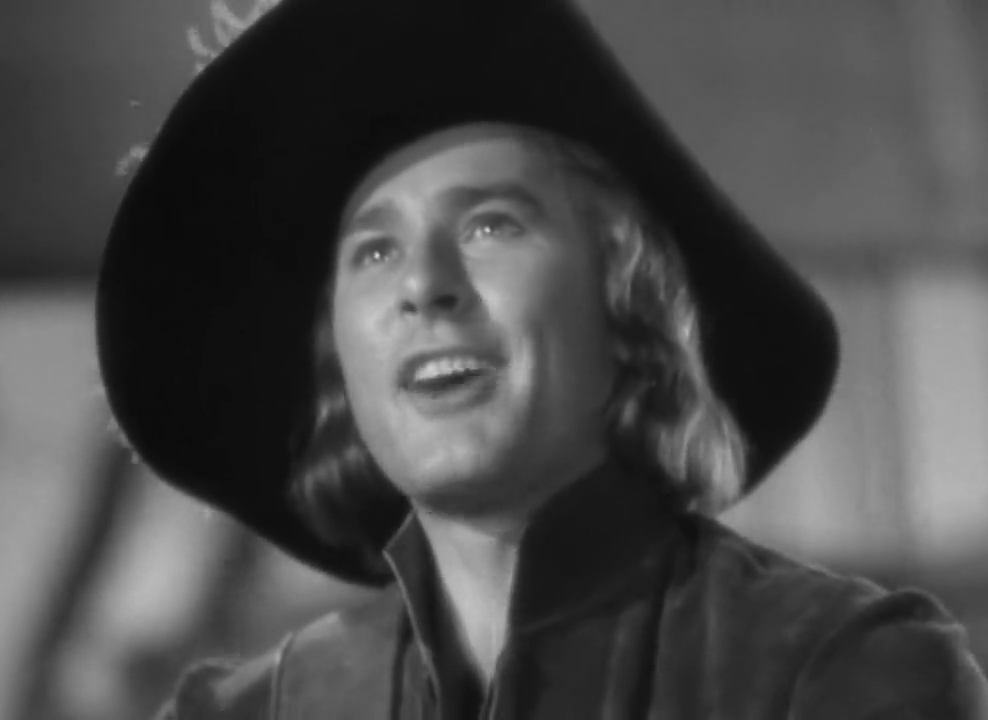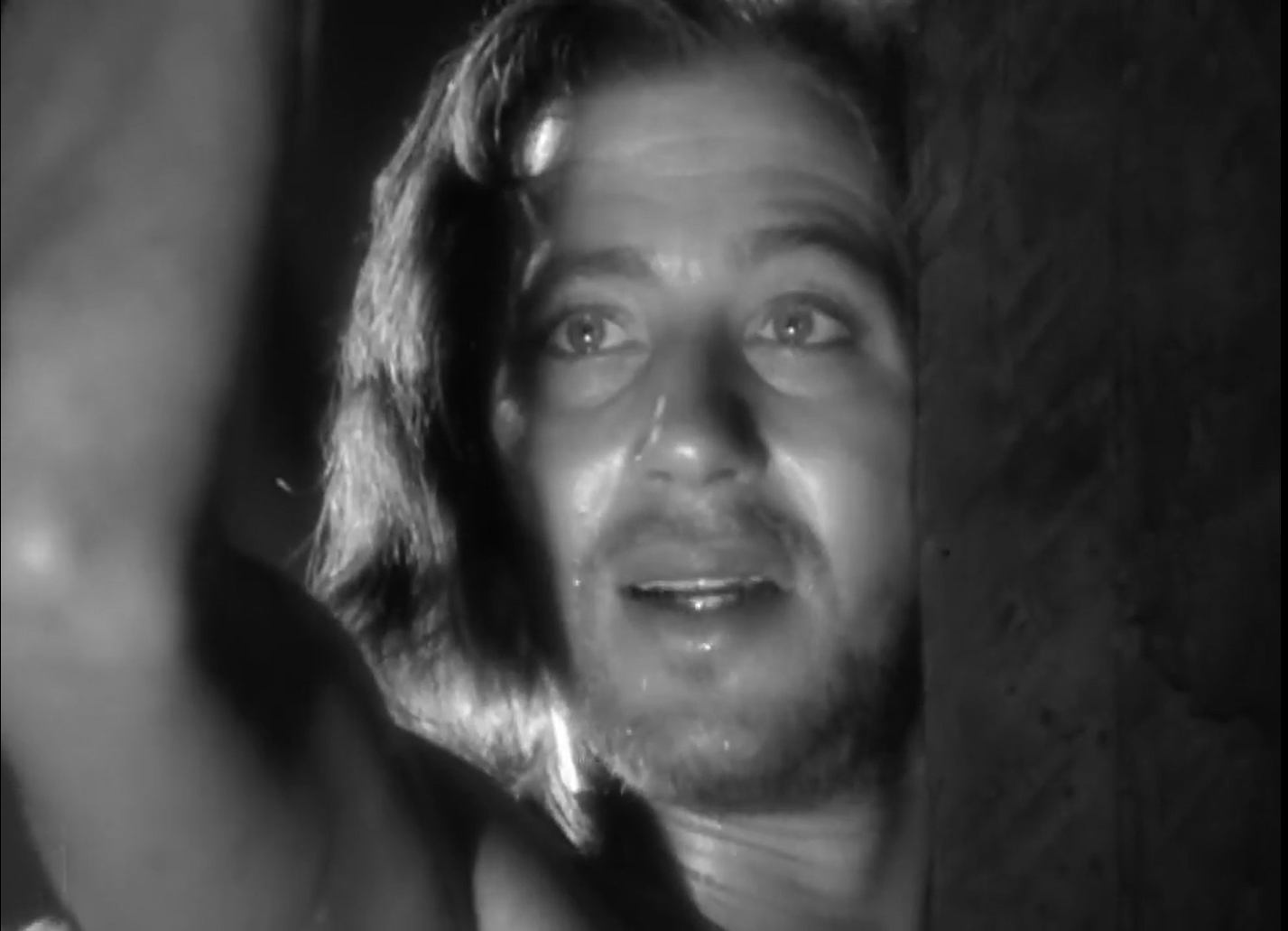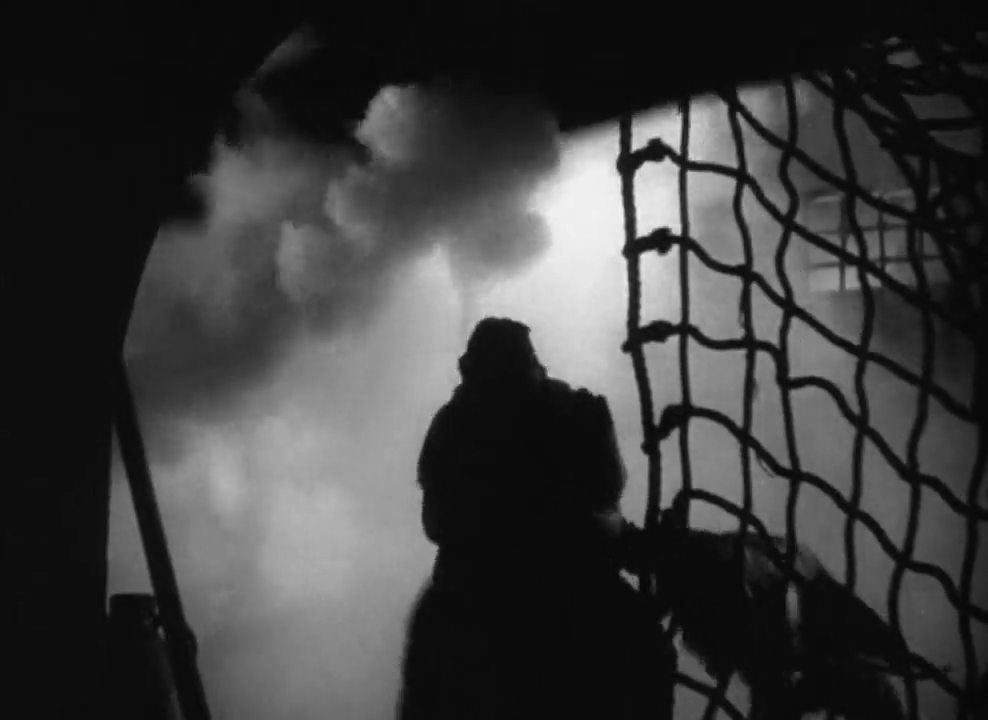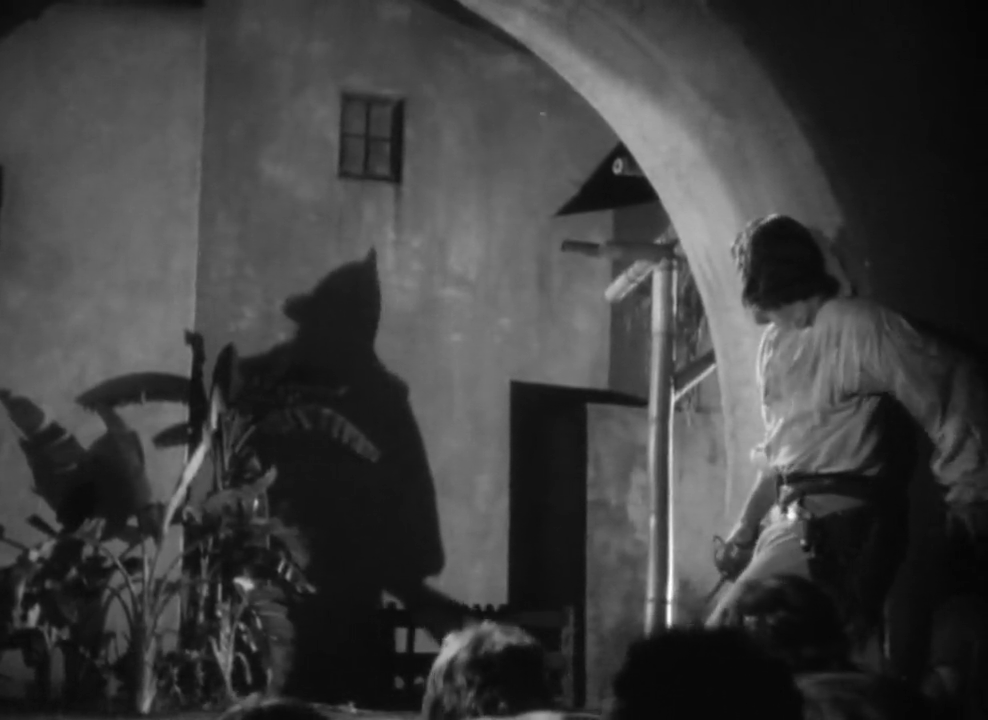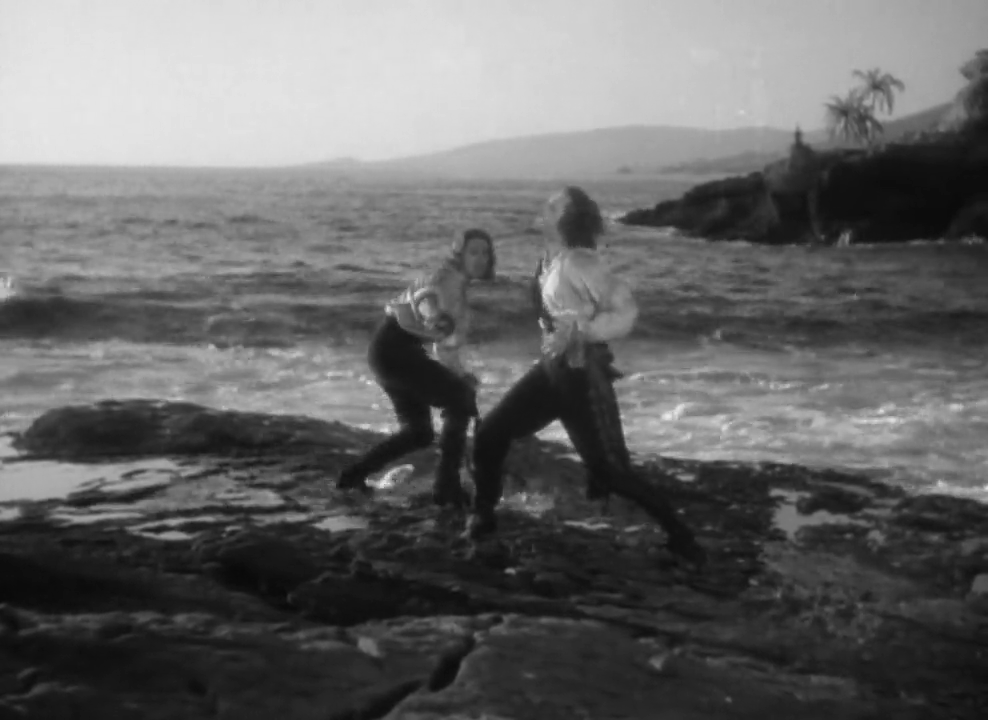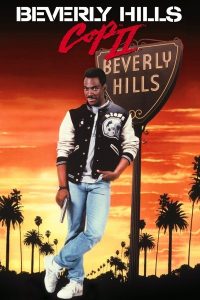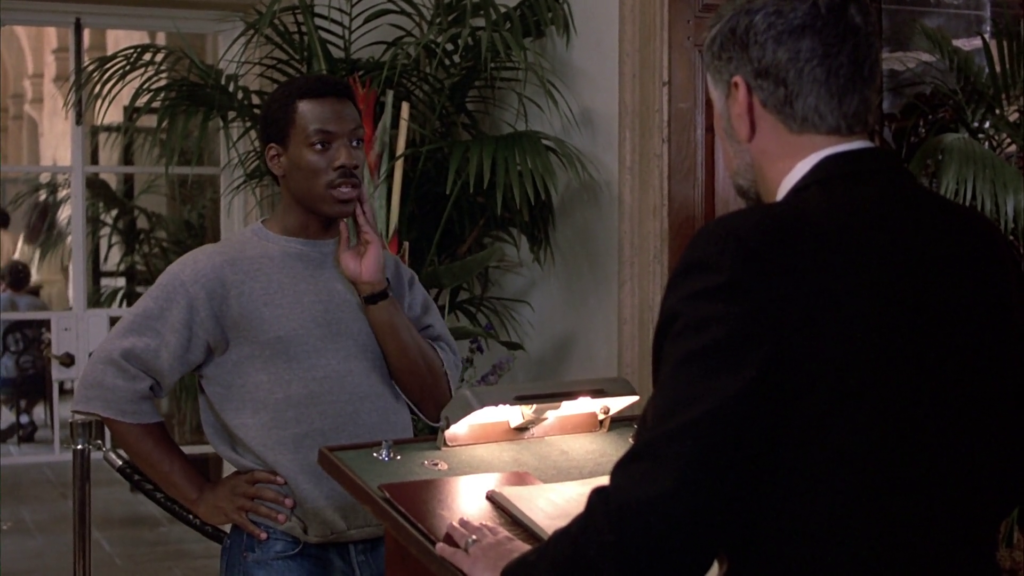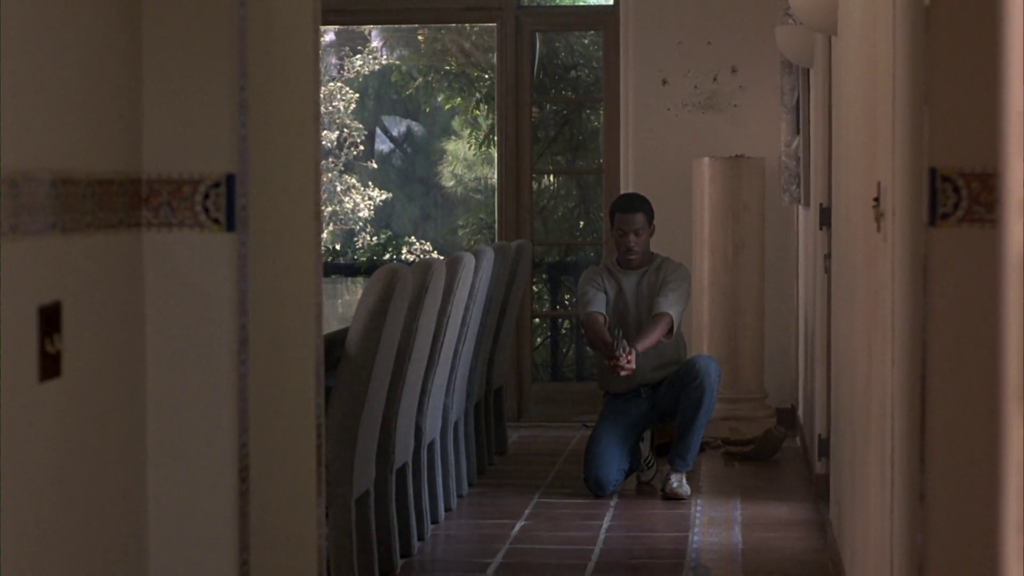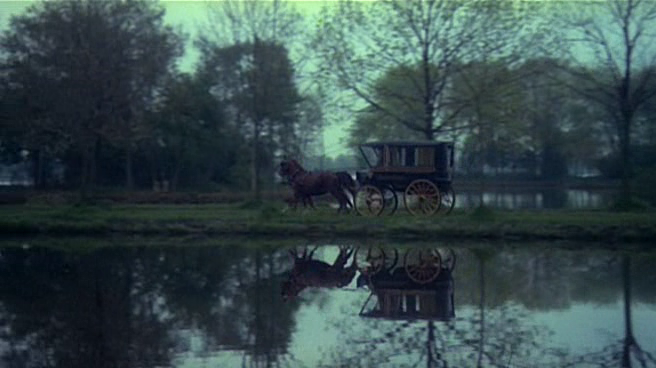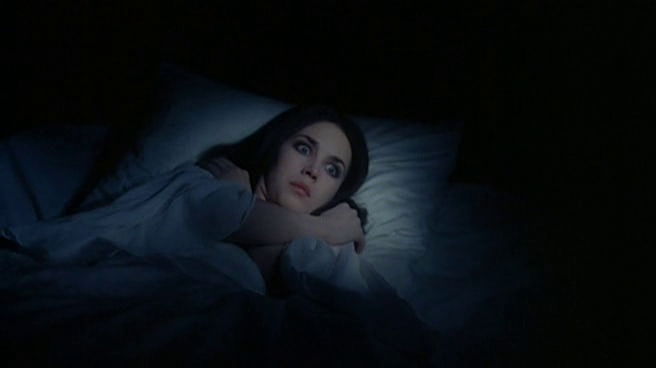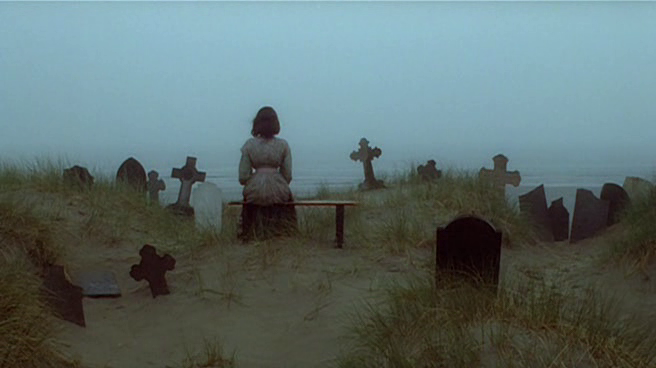|
Genres, Themes, Actors, and Directors:
- Anthony Mann Films
- Arthur Kennedy Films
- Donald Crisp Films
- Father and Child
- Inheritance
- Jimmy Stewart Films
- Revenge
- Westerns
Response to Peary’s Review:
Peary writes that in this “fifth and last of Anthony Mann’s westerns starring James Stewart,” Stewart is once “again a revenge hero”, though “one with no sense of guilt”. He notes that “the psychological dilemmas Mann usually reserves for his hero are shifted to the villains in this film”, which is “structured like a classical tragedy in which a powerful corrupt family is about to collapse”. Peary asserts that the “picture has excellent dialogue and — this being Mann — impressive, thematic use of the landscape (in this case, New Mexico)”, and further adds that what he finds “most compelling about the film is the presentation of violence”, which “is brutal and always comes impulsively”. He argues idealistically that “the film is saying that if men learned to control their volatile tempers and to act rationally, there would be much less senseless violence (in our world or Mann’s West).”
I agree with Peary that this film is beautifully shot, and makes excellent use of natural landscapes as a backdrop for the revenge-driven storyline. The violence itself is indeed “brutal” and shocking; we’re not used to seeing heroic Stewart treated as unfairly as he is here (dragged along the ground by a rope, shot calculatedly in the hand).
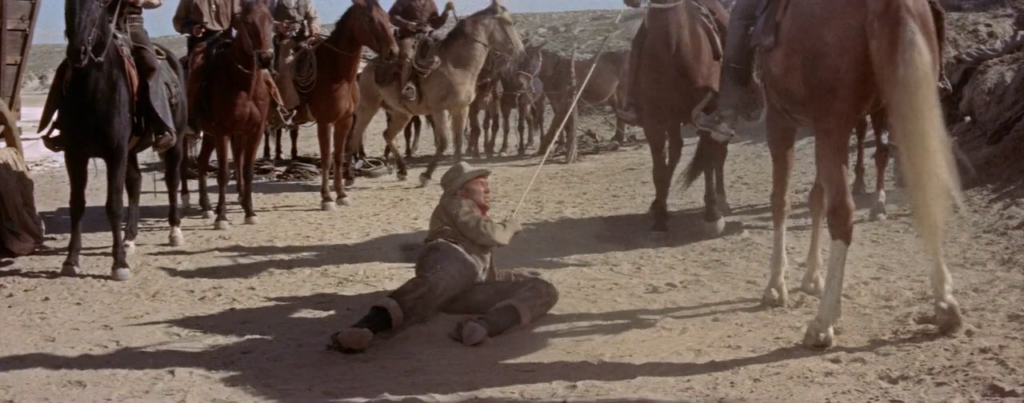
Indeed, the psychopathy of “sadistic and crazy” Nicol —

… and Crisp’s unwavering loyalty to his son despite all evidence that he should reject him — are quite disturbing. I find it challenging to watch the “family” dynamics playing out between Crisp, Nicol, and Kennedy:
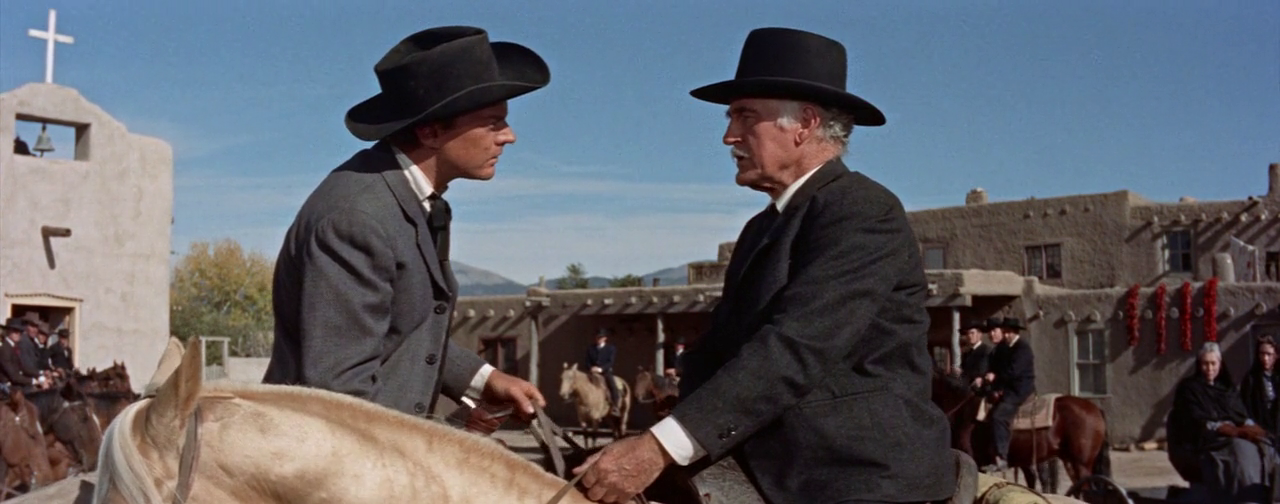
This is a serious morass of denial and dysfunction, and it’s hard to have much sympathy for Crisp, who nonetheless is portrayed as deserving love (from Aline McMahon as his neighbor and former love interest):

… and understanding (especially given his failing eyesight). Meanwhile, Cathy O’Donnell’s role as Nicol’s cousin and Kennedy’s would-be fiance is underdeveloped; she’s beautiful, but her performance feels oddly distant.
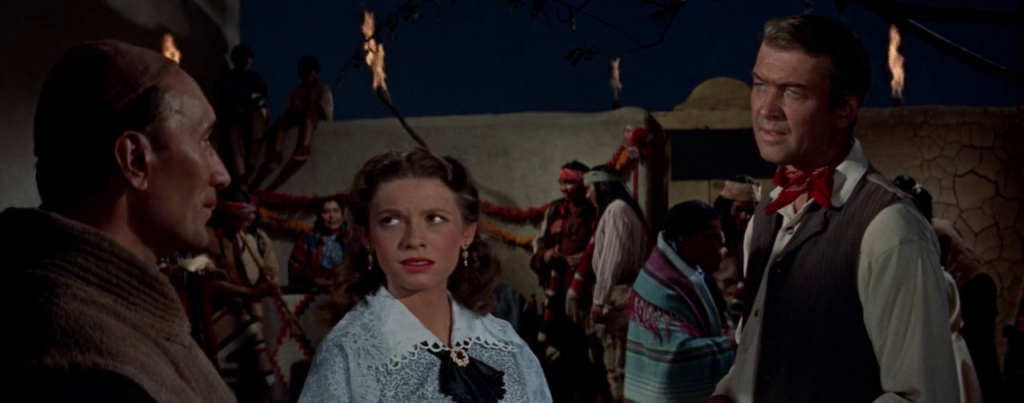
With all that said, there is enough brilliance here in staging, setting, and cinematography to make this outing worth a one-time look.
Redeeming Qualities and Moments:
- Gorgeous cinematography
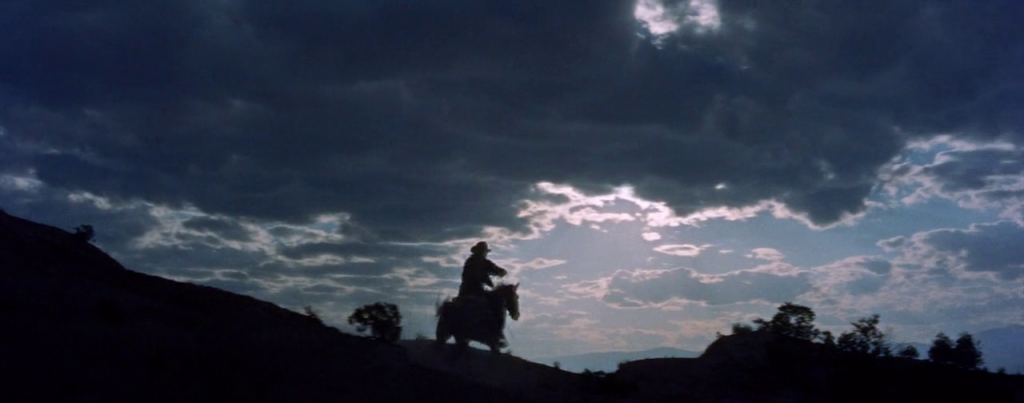
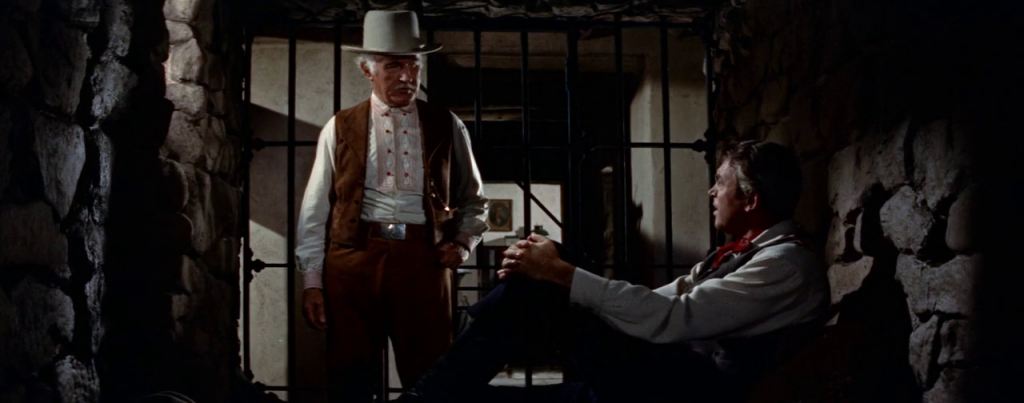
- Fine sets and use of outdoor locales
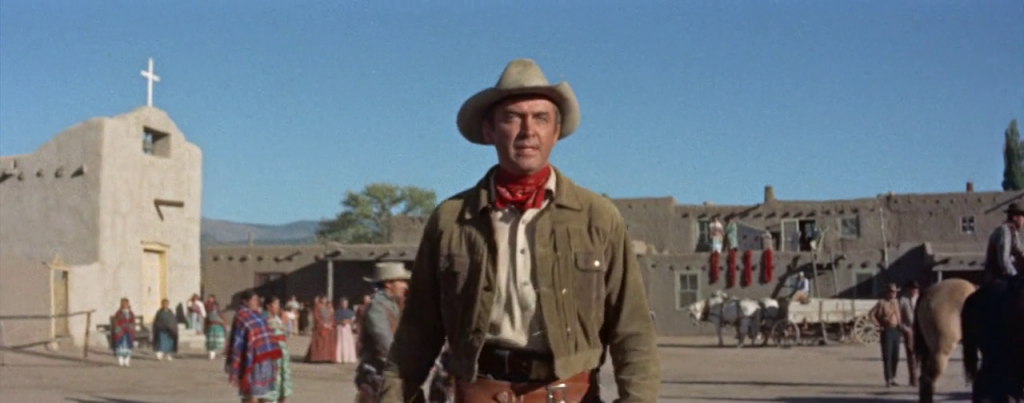
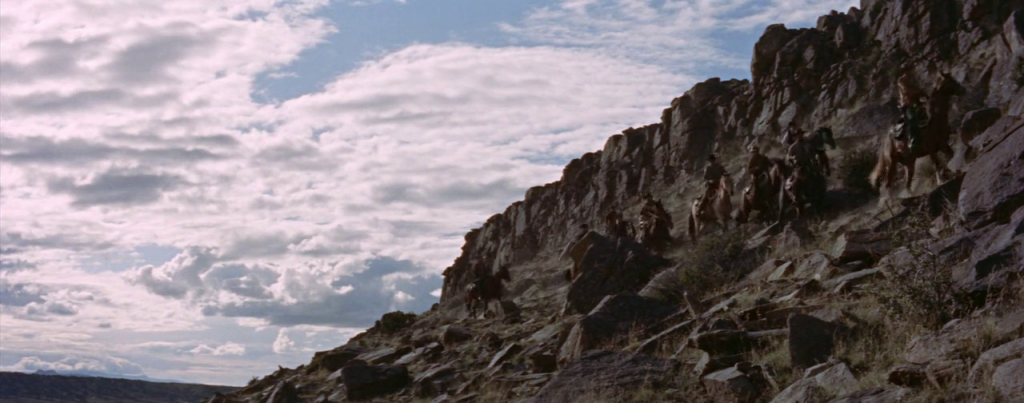
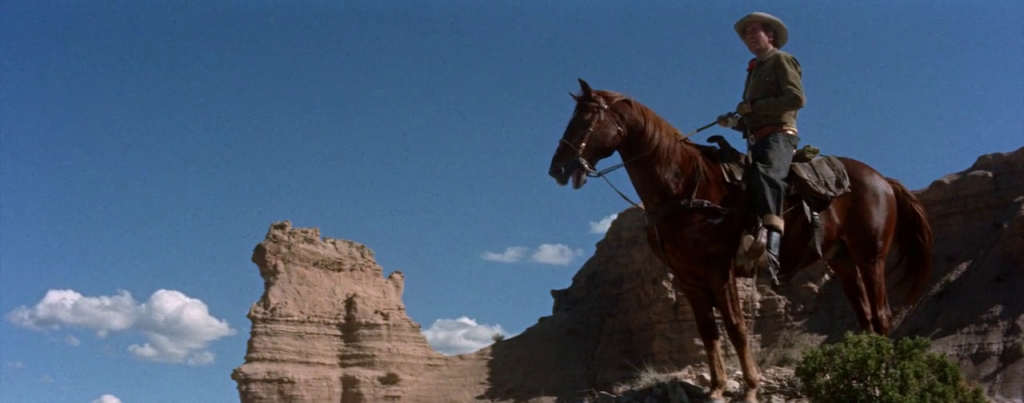
Must See?
No, but it’s recommended for one-time viewing.
(Listed in 1001 Movies You Must See Before You Die)
Links:
|
